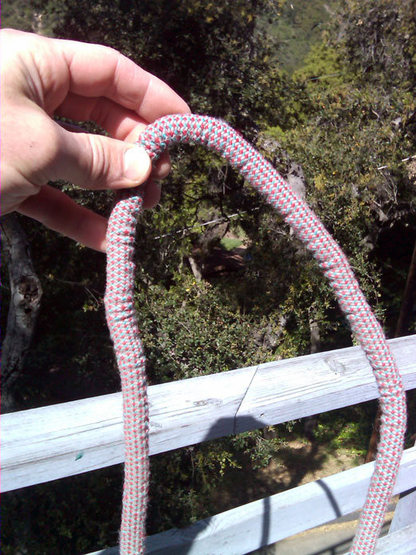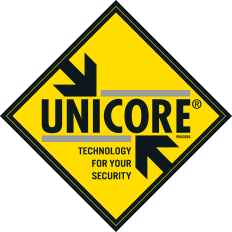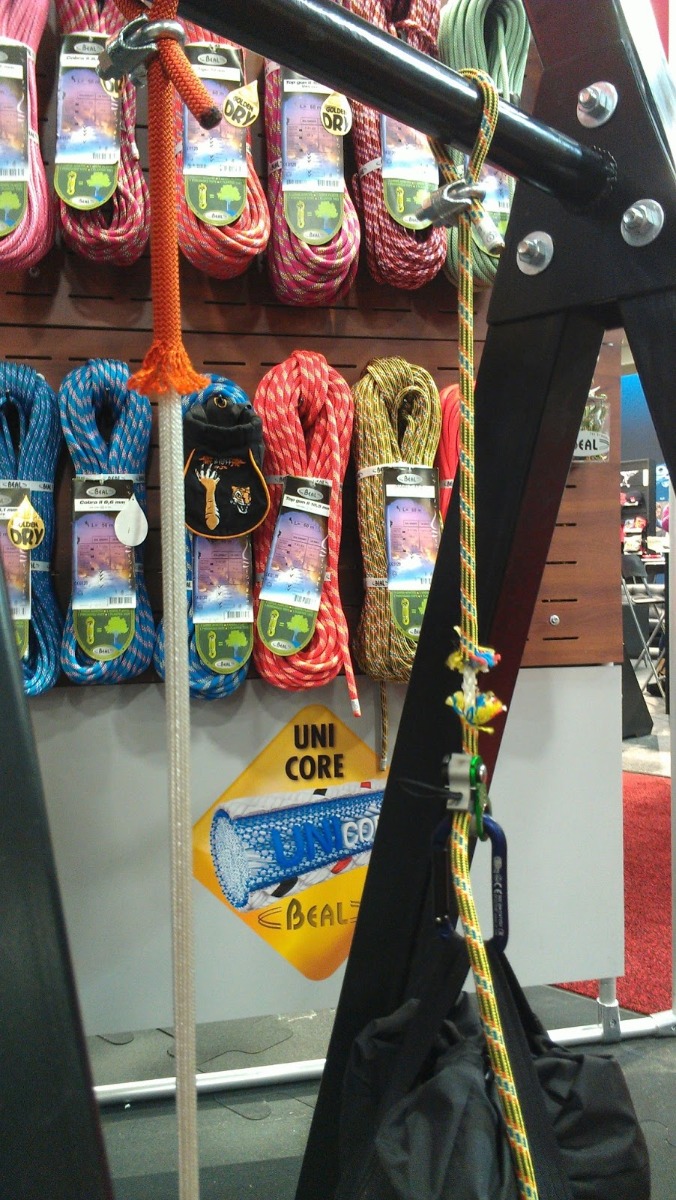What is a UNICORE Rope?
Climbing Ropes
Climbing ropes are interesting things. Not only is a climbing rope a piece of safety gear, but it is also considered a piece of performance gear. As climbers, we demand that our climbing rope be durable and shock absorbing to better save us in case we fall, as well as desire that the rope be supple, light, and skinny so it will assist us with our onsite or redpoint. The dual nature of climbing ropes makes it so that there are countless different ropes made for all types of climbing: indoor, outdoor, sport, trad, ice, alpine, etc on single, half, or twin ropes that can be static or dynamic. All of the combinations can be mind boggling!
As a climber, your friends will always ask you, “What is the best rope that I should buy?” In fact, you even wonder that yourself. With all the different brands and models of ropes, the “simple” action of buying a climbing rope does become mind-boggling. Won’t just any rope get the job done? Aren’t all the fancy features that make one rope different to another just personal preference?
When you look at a climbing rope as a piece of performance gear, then yes, most of the distinguishing features found on today’s ropes cater to the endless line of personal preferences. However, when you look at a climbing rope as a piece of safety gear, there are some standard features that every climber’s rope should possess. Some of these features would include low impact force, high strength and durability, and no sheath slippage.
Sheath Slippage
The problem with modern-day rope construction is that all ropes are fabricated where the core and sheath of the rope, although tightly woven around each other, are completely independent from each other and can easily be separated. This is where the term “sheath slippage” comes into play. Sheath slippage occurs when the core and the sheath don’t stretch in sync with each other, acting as two separate units. This causes a rope to be lumpy with the sheath bunched up in some areas and over stretched in others.
Ever seen a rope at a climbing gym, used mainly for top roping, that has an excess amount of sheath at the end? Have you witnessed how quickly the sheath will unravel when you cut a rope without searing the ends? What about when the sheath of a weighted rope gets cut on a sharp rock, worn out carabiner, crampon, or ice axe? In all of these cases, the rope is left with bunched up sheath sections, unraveled threads all over the place, and an overly exposed core that is weak and impossible to pass through an ascender or belay/rappel device.




Birth of UNICORE
It was for these reasons that Beal, a leading manufacturer of both static and dynamic ropes, started brainstorming, testing, and then manufacturing ropes which don’t experience the unsafe action of sheath slippage. Beal offers an extensive line of dynamic climbing ropes where the sheaths are bonded to the core, i.e., UNICORE.
UNICORE ends up increasing the safety of a climbing rope without affecting its performance, strength, durability, stretch, or suppleness. UNICORE is much like the biological tissue/membrane that keeps the skin attached to the rest of the body. The sheath of a UNICORE rope stays connected to the core, even when the rope gets cut or wet; keeping both parts of the rope acting as one. UNICORE is stretchy, supple, and compatible with Beal's special water and abrasion resistant treatments. This means that the UNICORE technology can be used on both dynamic and static ropes as well as ropes intended for dry and wet conditions.


UNICORE eliminates sheath slippage, even under the most adverse conditions such as excessive top roping and active belaying. With a UNICORE rope, climbers won't experience having sections of the sheath bunching or overly stretching.
UNICORE prevents overexposure of the rope’s core and the excessive fraying of the sheath fibers if the sheath were to get cut or torn. This alone will allow the climber to retreat on a rope whose sheath is cut and still be able to pass it through the carabiners, ascenders and belay/rappel devices.
The sheath of a UNICORE rope stays connected to the core at all times, even when it gets cut or wet; keeping the core covered and reinforced. The sheath of a standard rope, when cut or wet, will unravel, bunch, over-stretch, and bloat independently from the core; leaving the core internally twisted, overexposed, and weak.
On a classic rope, if the sheath is accidentally severed, it frays and bunches over several meters. It then becomes impossible to pass this zone, whether ascending or descending. With a UNICORE rope, the sheath stays in place and the user may escape, either by climbing or by descending, whilst taking all necessary precautions.

Conclusion?
UNICORE is a pertinent feature for climbing ropes that isn’t openly visible. Much like an insurance policy, Unicore is there waiting to back you up in a time of need. As the sport of climbing continues to advance, so must the gear. With Unicore, Beal is raising the bar and standard for climbing ropes, offering the needed protection and safety you desire.
Video and imagery were provided by Beal and are copywrited.
Liberty Mountain is the US Distributor of Beal ropes, hardware, harnesses, helmets, and more.

